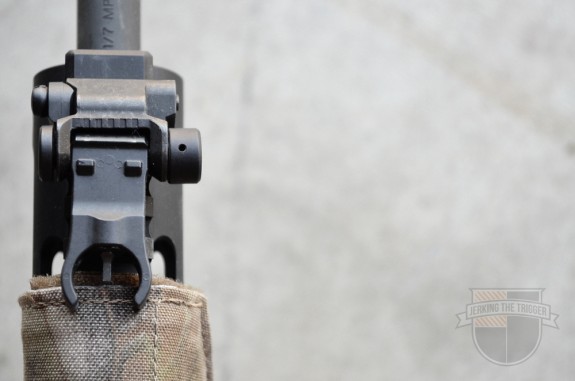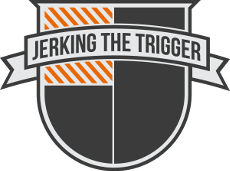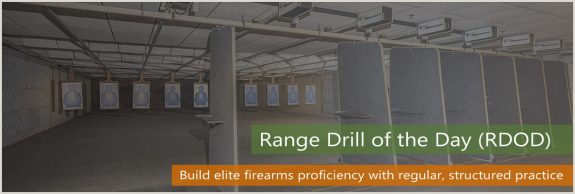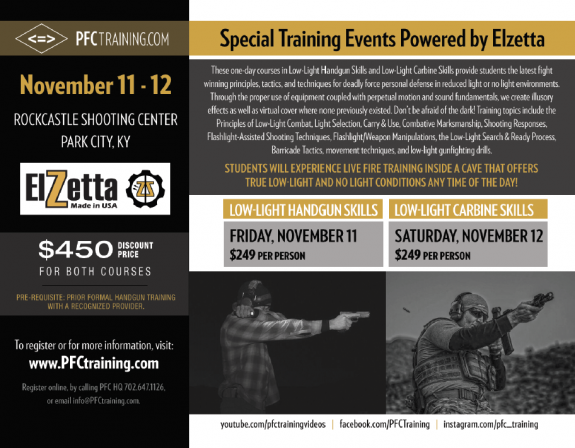There are so many voices out there that are insistent on having back up iron sights. Batteries die! Electronics fail! EMPs! Lightning strikes! Bear attacks!!!! Yet, I have rarely seen the realities of using them discussed or put to print. It makes me wonder if most people have even tried shooting with their back up iron sights.
The issue is that the performance of back up iron sights can be radically affected by factors external to the sights themselves. A long time ago on JTT, we posted an article about how using your back up iron sights through an optic like an RDS can change your zero. More recently, we posted about how something as simple as changing your eye protection can change your zero. This zero shift phenomena has most recently been noted by Ivan at Kit Badger on his blog and in an accompanying video (this article and video are well worth checking out).

Back up iron sights have become something of a panacea, inducing those who have them on their rifles to believe that they are prepared for an optic failure. However, as is often the case with gear, there are some planning and training considerations that need to be worked out to get the most out of them (or make them work at all).
Back up iron sights are a good idea if you have zeroed them in the exact way that you plan to use them. If you zeroed your back up iron sights through your optic, they will not be zeroed with the optic removed and vice versa. The shift can be dramatic and noticeable over distances as short as 10 yards. This is why planning is a must.
You will not be able to use your back up sights through a magnified optic or a prism sight which dictates that they must be zeroed and used with the optic removed. This means that the issue being discussed in this article is mostly (or maybe completely) applicable to the use of back up sights with non-magnified optics like red dots. The type of optic you have, the type of mount it is in (QD or not), and other factors will all play a role in your plan to deal with an optic failure.
If you have a quick detach mount, your plan could be to remove the optic in which case you should zero your back up sights with the optic removed. If you do not have a quick detach mount, you will need to zero the iron sights through the optic and probably train techniques like “shooting through the tube” or using your RDS itself as a large rear sight. If you have a magnified optic in a non-QD mount, you may want to forgoe back up irons completely unless you are going to carry whatever kind of tool you need to remove the mount from the rifle. There are a number of factors that drive your plan. If you aren’t happy with your options… Maybe you need to rethink your gear choices.
Here is the bottom line: If you haven’t tested the performance of your back up sights in various applicable situations and come up with a plan to deal with issues that arise from that testing, your back up iron sights probably aren’t as useful as you think they will be.





